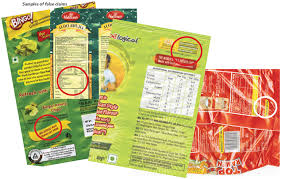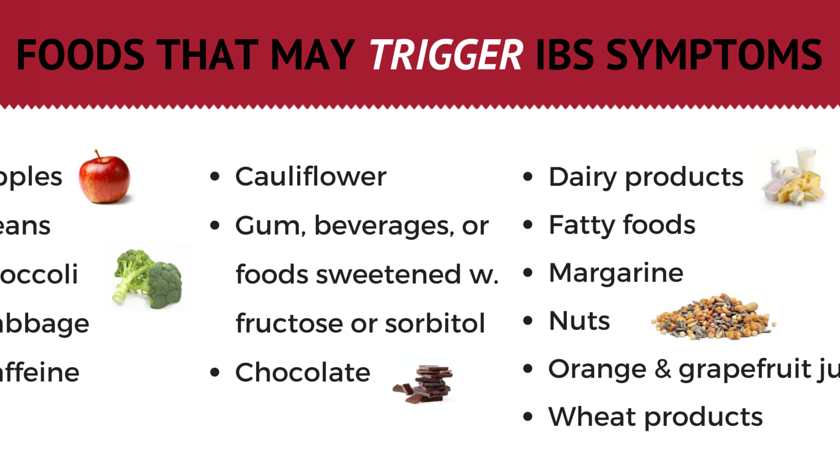Increased use of unauthorized artificial food colors (AFCs) in Kashmir’s food industry is posing a serious threat to public health, with weak monitoring of the phenomenon adding to the risk, experts have opined.
Over the years, the use of artificial colors—chemicals synthesized from petroleum—has gone up in the Valley, resulting in different ailments, medicos told.
 “Increasing instances of allergic reactions, hyperactivity in children and carcinogenic effects resulting from prolonged use of artificial colors and dyes is a proof of the menace in the market,” said a senior doctor at SHMS Hospital here.
“Increasing instances of allergic reactions, hyperactivity in children and carcinogenic effects resulting from prolonged use of artificial colors and dyes is a proof of the menace in the market,” said a senior doctor at SHMS Hospital here.The artificial colors and dyes are ‘commonly’ used in Kashmir’s famous multi-cuisine Wazwan. Bakers, restaurant owners and processed food manufacturers also prefer artificial food colors to costly natural colors like Saffron, beet-root and Kashmiri chilli powder for mouth-watering presentation of the food products.
Though food colors including Tartrazine (yellow), Sunset Yellow (yellow), Carmosine (red), Ponceau- 4R (red), Erithrosine (red), Brilliant Blue (blue) and Indigo Carmine (blue) and Fast Green (Green) are permitted in India, their use beyond a fixed level to make a product eye-catching can prove carcinogenic, medicos said.
The SMHS doctor said since most of the restaurants, processed food outlets and bakers have their business in Srinagar and different townships of the Valley, the health hazards would be more visible in such areas.
In 2013, the Srinagar Municipal Corporation (SMC) started a drive to ensure ban on sale of unauthorized artificial colors and dyes. It acted against many shopkeepers selling the banned products and also many bakers and restaurant owners caught using the colors and dyes. But the exercise was soon halted.
Even vendors selling traditional snacks ‘Nadur-Munji’ were found using the unpermitted level of the red dyes to make the products reddish, sources said.
“The yellow and red dyes are most commonly used in the Valley food industry,” said an official.
Asked whether inspections were conducted to keep a check on use of colors and dyes, the official said: “The frequency of raids has gone down. There are political and other pressures which force the concerned organizations to have go-slow approach.”
According to Food Safety and Standards Association of India (FSSAI), only 100 parts of color per-million parts of final food product is permitted, a quantity that has very few takers in the food and beverage business.
Some banned food colors, mentanil yellow, sudan III, lead chromate and others—known to cause kidney lesions and toxicity to liver—are still being sold openly in the market, according to a food scientist.
Quoting a report of the Centre for Science in Public Interest, a US-based organization, the scientist said Red 40 contains P-Cresidine, which has been reported to be “reasonably anticipated” as a human carcinogen.
The Food Control Organization (FCO) says it has been grappling with inadequate testing facilities that could help it nail the culprits in the court of law.
“We send samples that we suspect are having artificial food colors to the central lab to get conclusive results,” Assistant Food Commissioner at FCO Kashmir, Hilal Ahmed Mir told.
He said the punishment for an offence such as using artificial food color where it was not permitted ranges from a heavy fine to jail up to 10 years as per the FSSAI.






